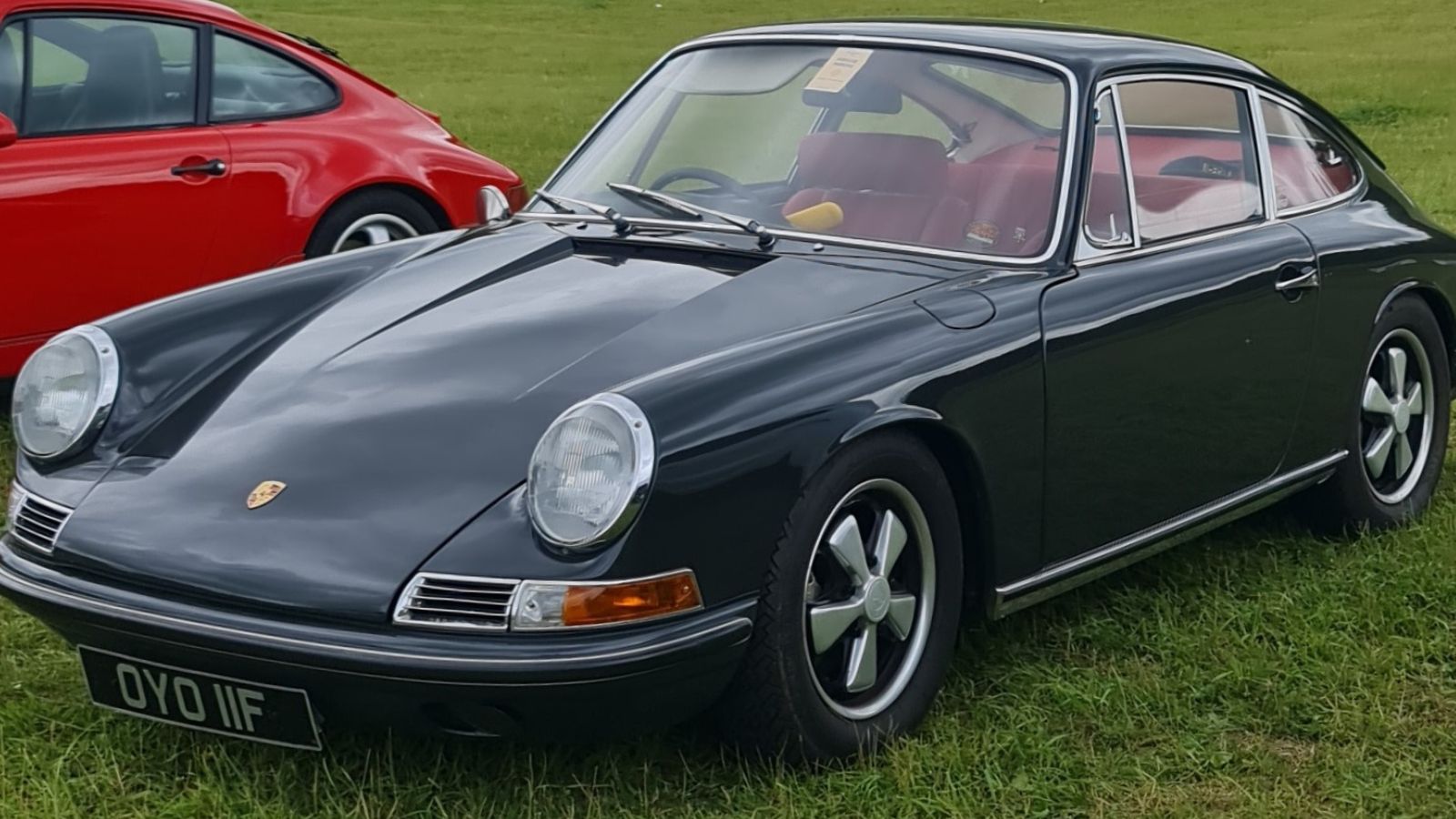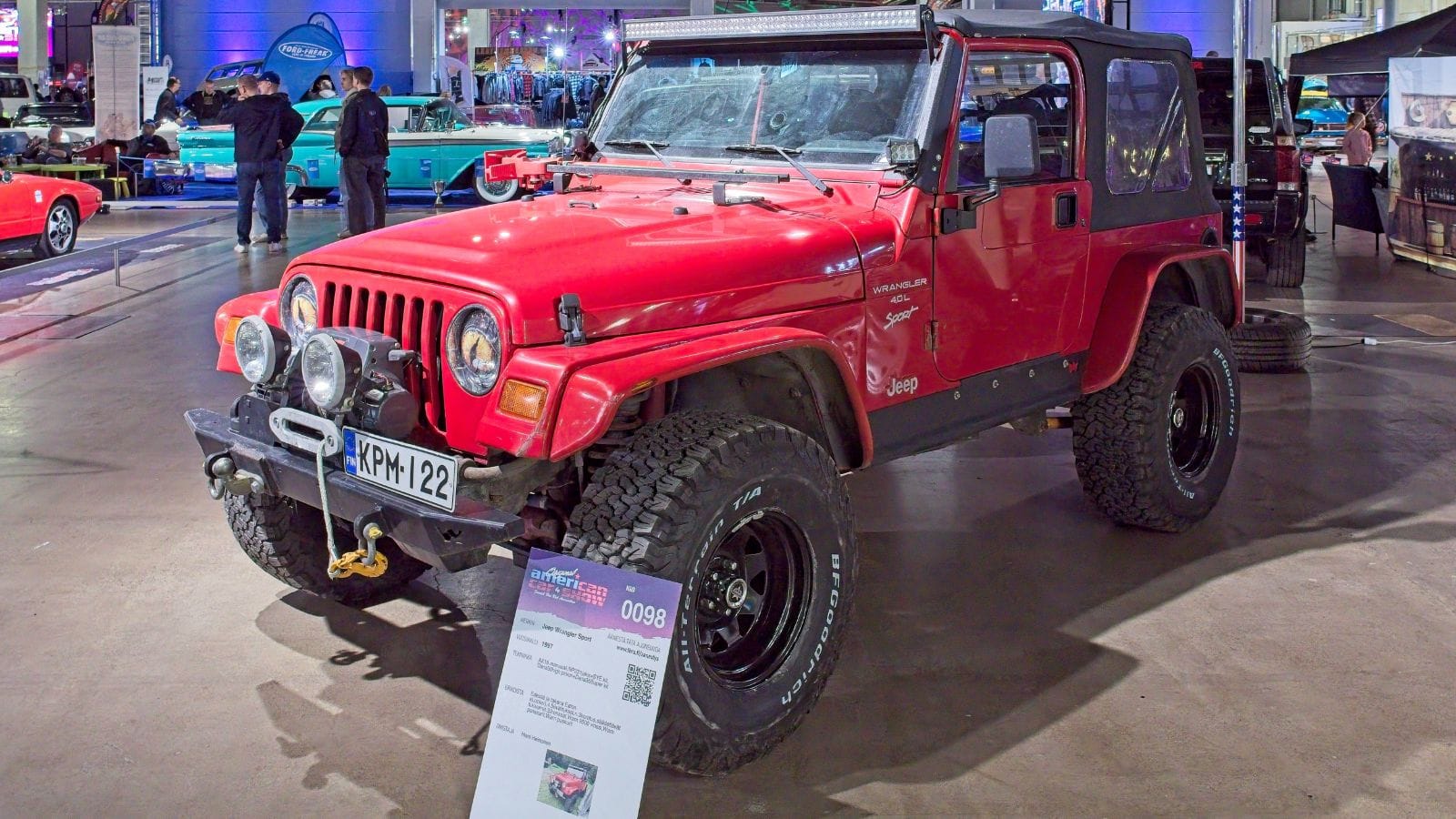Most cars go through constant restyling because automakers worry about falling behind trends. New headlights, new grilles, new platforms, anything to keep attention from drifting. But a handful of cars were engineered so perfectly that redesigning them would have been a mistake. They were born complete. Their proportions were right from day one, their identities were instantly recognizable, and their buyers did not want anything different. These machines lasted not because their manufacturers were lazy, but because they were confident. When a vehicle becomes exactly what its audience wants, altering it becomes a risk rather than an upgrade. These seven cars earned a kind of immortality by refusing to change.
Dodge Viper

The Dodge Viper launched as a raw undiluted concept of American performance and stayed that way until the day production ended. It was not a comfortable car and it was not meant to be. The cabin was tight, the throttle was a loaded weapon, and every twist of the wheel demanded respect. That danger was the point. The outrageous proportions, the mile long hood, and the V10 that dominated the driving experience defined its entire identity. Later versions improved the chassis, added more power, and sharpened handling, but the fundamental idea never shifted. The Viper survived by staying primitive in the best possible way. Owners did not want refinement or softness. They wanted adrenaline and the Viper always delivered.
Porsche 911

The 911 is not just a car. It is a global design language. The shape has barely changed because it never needed to. Round headlights, wide tail, sloping roofline, and engine hung over the rear axle. Engineers have spent decades improving aerodynamics, increasing power, and modernizing materials, yet always within the same instantly identifiable silhouette. Porsche knew that even tiny styling changes could trigger controversy among loyalists because tradition became part of the product. That confidence in heritage paid off. The 911 became not only an icon of Porsche but an icon of sports car design. Every new generation proves the same concept. If you get the foundation right, refinements are better than reinventions.
Jeep Wrangler

The Wrangler refuses to conform to consumer pressure or styling trends. When every other manufacturer softened their off road models into suburban crossovers, Jeep doubled down on authenticity. The upright body, the flat fenders, the removable doors, and the exposed hinges define a lifestyle more than a design. It is one of the few vehicles customers modify before leaving the dealership because Jeep built it for customization from the start. The Wrangler does not try to look tough. It is tough, and that honesty is what buyers love. It evolved mechanically to add comfort and safety, but visually it stayed frozen in time on purpose. Jeep knows that customers do not want it to change.
Mercedes G Class

The G Class was created as a military vehicle and carried that attitude into civilian life. It is square, upright, heavy, and instantly recognizable. Mercedes has refined the interior and added technology fit for a luxury hotel, yet the exterior barely changed because that shape is the product. Celebrities embraced it, off road enthusiasts respected it, and families bought it simply because nothing else looks like it. The door sound alone became a statement of engineering quality. Reinventing the G Class would have meant losing everything that made it special. Instead Mercedes polished it without modernizing away its character. The result is a luxury symbol wrapped around a tank.
Mazda MX5 Miata

The Miata evolved through several generations but its core recipe never changed. Lightweight body, two seats, perfect balance, and a manual transmission that almost feels telepathic. Every redesign kept the classic roadster proportions because Mazda knew the secret to its success was not power or technology. It was the purity of the driving experience. Many manufacturers tried to modernize their sports cars into grand tourers and lost their identity in the process. Mazda protected the Miata from that fate. Even as emissions standards and safety rules tightened, the car stayed small, simple, and joyful. It proved that chasing more power is not always the path to perfection.
Toyota 4Runner

The 4Runner is a time capsule of rugged SUV engineering. While other brands abandoned body on frame construction to build softer family oriented crossovers, Toyota never changed course. The 4Runner is not concerned with trend driven styling or high tech gimmicks. It focuses on durability, ground clearance, rock solid reliability, and the ability to handle abuse for decades. Owners buy them with the intention of keeping them for a long time, not leasing them for a short one. The 4Runner stayed the same because it fills a role that no other mainstream SUV truly fills anymore. It is built for adventure rather than comfort and that authenticity keeps it alive.
Ford Crown Victoria

The Crown Vic was never glamorous, never flashy, and never trendy. Yet it became one of the most respected workhorses ever sold. Taxi companies, police departments, and high mileage commuters trusted it because it simply refused to die. The body on frame layout made it durable, the V8 was famously reliable, and repairs were affordable because parts were everywhere. Ford refreshed features over the years but did not redesign it because the customer base valued longevity over novelty. The Crown Vic did not need a new look or a new personality to succeed. It simply had to show up every day and keep running which it did better than anything else in its class.
The Power of Not Changing

All seven of these cars prove that new does not always mean better. When a vehicle has a clear purpose and a loyal audience, redesigning it can weaken its appeal instead of strengthening it. These models lasted because their manufacturers respected what made them great in the first place. They were created with vision rather than trend chasing.
The lesson is simple. A perfect formula does not need to be reinvented. It needs to be protected.
25 Facts About Car Loans That Most Drivers Don’t Realize

Car loans are one of the most common ways people fund car purchases. Like any other kind of loan, car loans can have certain features that can be regarded as an advantage or a disadvantage to the borrower. Understanding all essential facts about car loans and how they work to ensure that you get the best deal for your financial situation is essential. Here are 25 shocking facts about car loans that most drivers don’t realize:
25 Facts About Car Loans That Most Drivers Don’t Realize
